The Lake, a key element in the wider restoration of the Queen’s Hamlet, underwent a renovation in 2020. The goal of this project is to restore the Hamlet’s lakeside landscape that served as a peaceful haven for the Queen and her court.
The restoration of the Queen’s Hamlet
The Great Lake
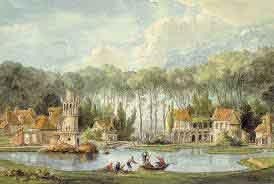
Workers broke ground for the Great Lake - the keystone of the Hamlet’s composition - in 1783, in cleared pastures and woodland. Fed by small waterfalls and a spring, the Lake plays an essential role in collecting the water from this part of the garden, and offers a wide and peaceful vista. The Lake flows out in two directions: one arm turns the wheel of the Mill, and one flows between the Columbarium and the Queen’s House. The hydraulic system was damaged by silt buildup and by changes made during work in the 20th century. The decline of the Lake damaged not only the appearance of the landscape, but it dealt a blow to biodiversity.
Restoring the Lakeside Landscape
The restoration will ensure the natural flow of the water by reestablishing the natural banks and reinforcing the loamy beds upstream of the waterfalls, as well as by dredging silt from the lakebed and, downstream, re-profiling the creeks.
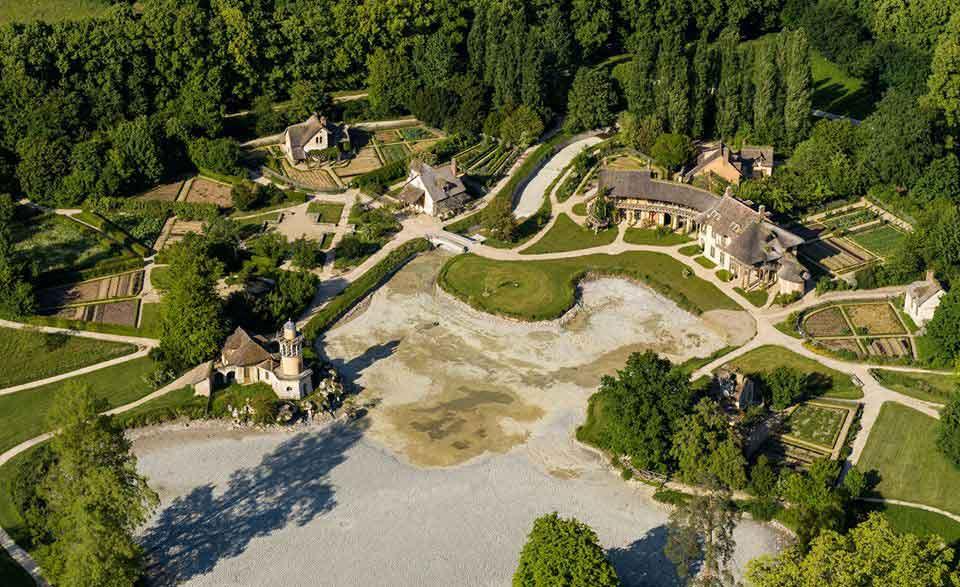
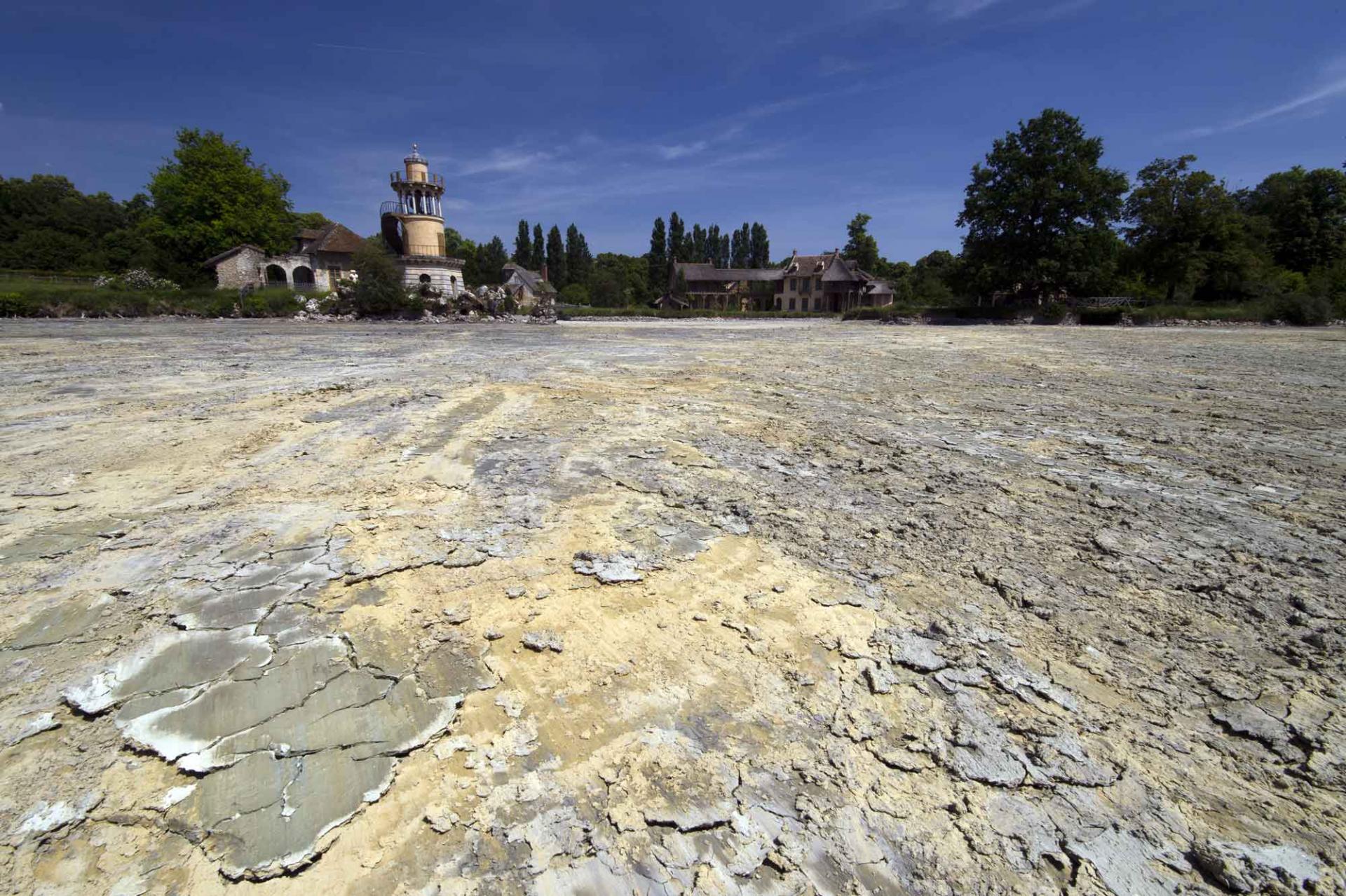
The restoration will ensure the natural flow of the water by reestablishing the natural banks and reinforcing the loamy beds upstream of the waterfalls, as well as by dredging silt from the lakebed and, downstream, re-profiling the creeks.
A strip of erosion-controlling plants will be installed along the banks, which will also help enrich the nature of the site, restoring a diverse and balanced lake ecosystem.
The project will also restore the beds between the rock piles at the base of the Marlborough Tower and the Dairy.
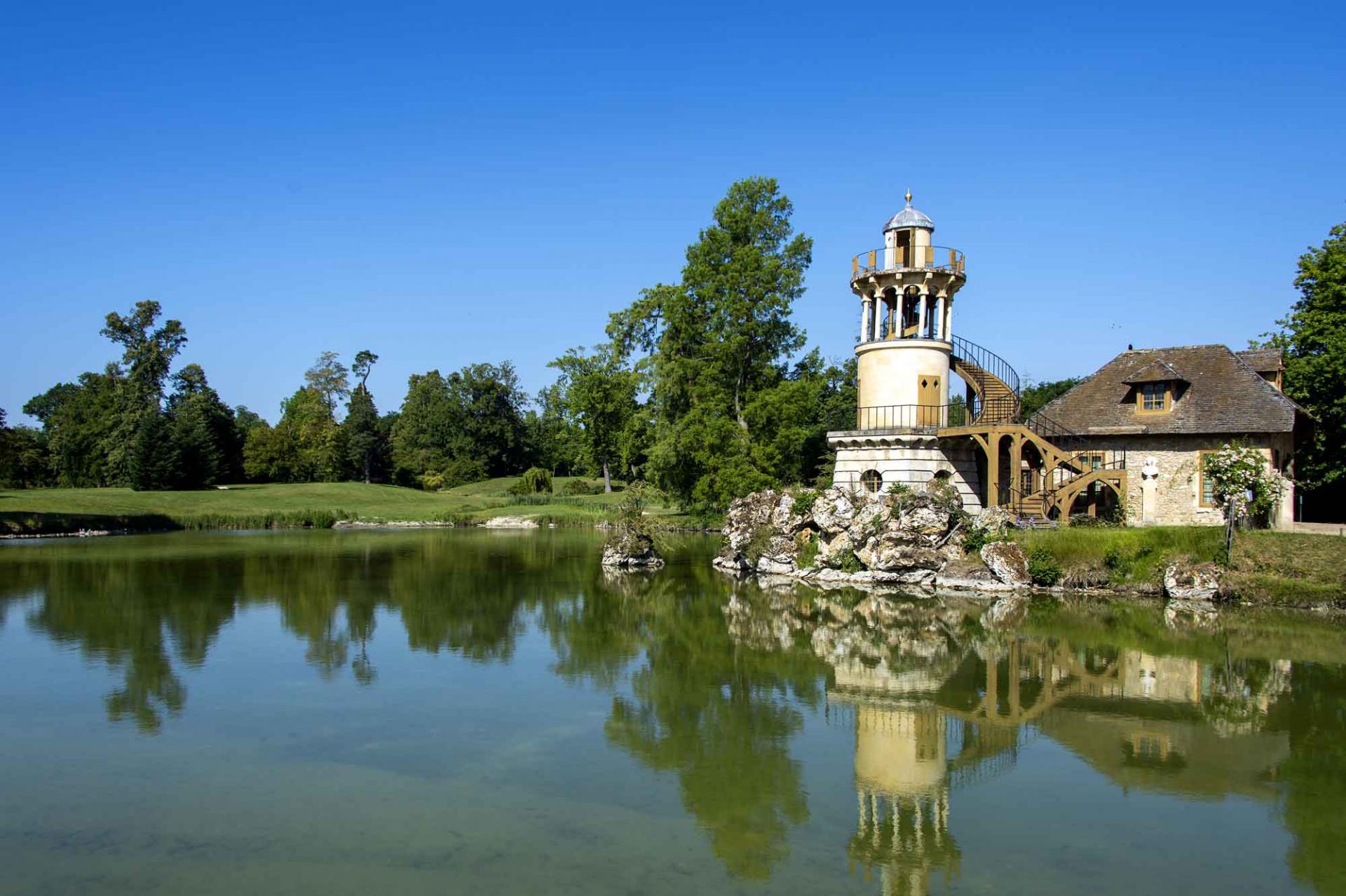
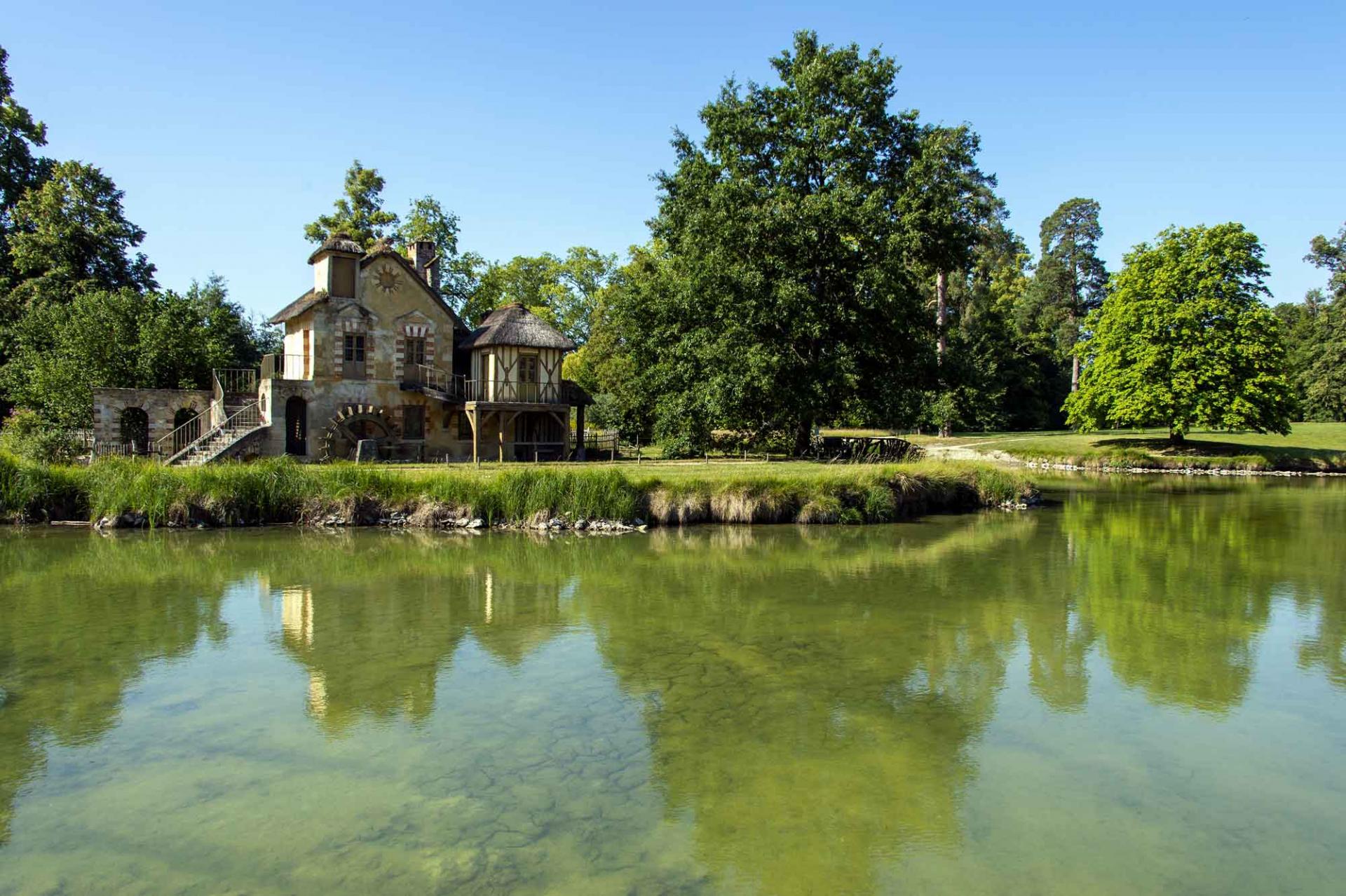
This project is generously supported by the Fondation Malatier-Jacquet, hosted by the Fondation de France.
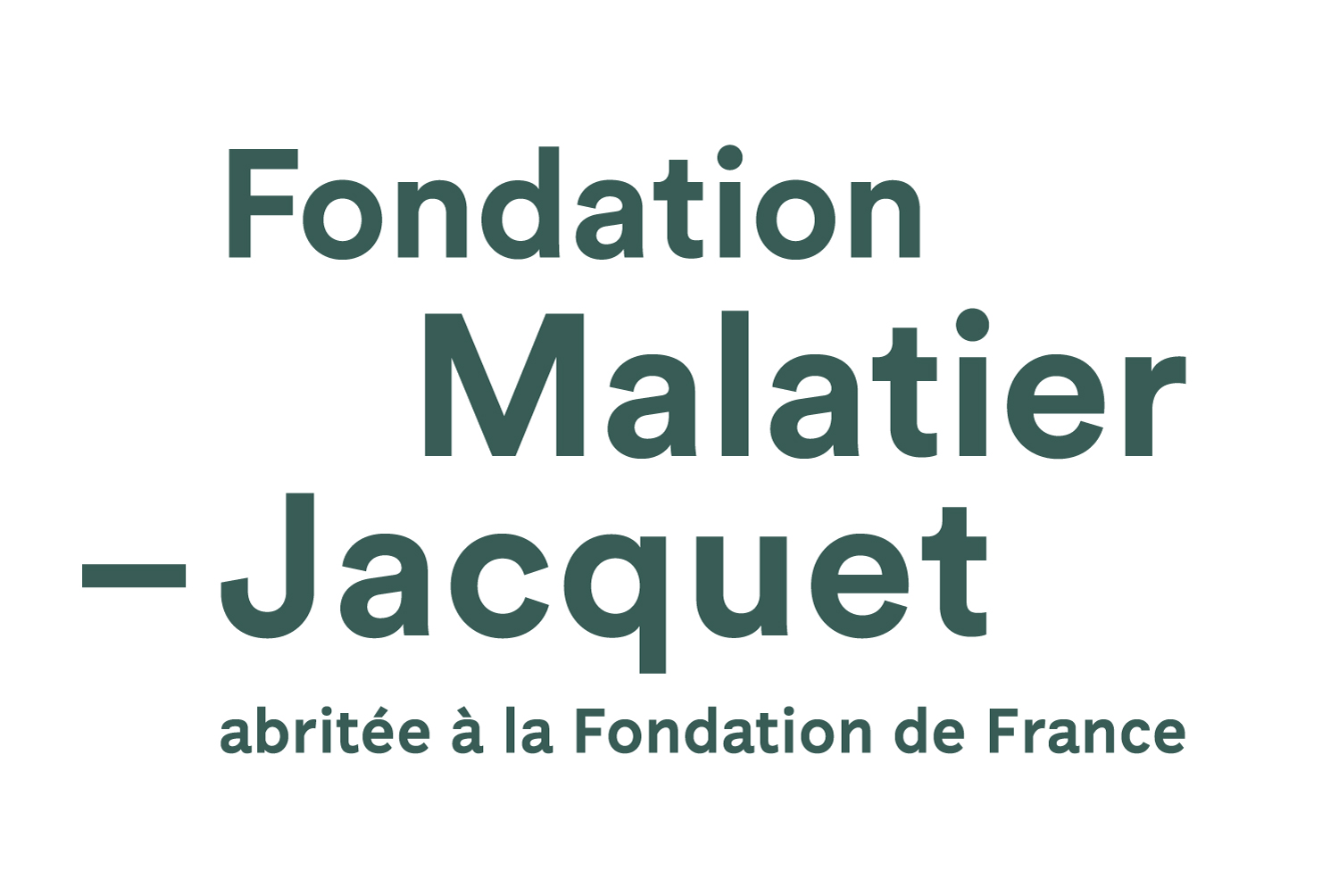
Interview
Interview with Véronique Ciampini, manager of garden and landscape operations at the Palace of Versailles, in charge of the lake restoration project in the Queen’s Hamlet.
- Can you tell us a bit more about this project ?
The Department for Heritage and Gardens of the Palace of Versailles began restoring the Great Lake in 2020. The work started with the restoration of the waterways and fountains. Measures that were taken to retain water such as the installation of low walls - ended up actually contributing to the significant silting-up of the lake, making natural flow impossible. During the winter of 2020-2021, under the guidance of Jacques Moulin, Head Architect of Historic Monuments, these features were returned to their original forms to allow the waters of the Great Lake to flow. The banks too showed significant decline from their original state. Since some of the stones of these walls were still usable, the banks of the Great Lake were re-established to their 18th-century origins.
- Is this restoration part of a larger project ?
Since 2001, Versailles has been undertaking a campaign to recompose the landscape around the Queen’s Hamlet. Along with the restoration of the various follies, the vegetation has been restored, whether that means reestablishing the correct scale for the trees that surround the Hamlet, or refurbishing the little gardens that dot it. The restoration of the Great Lake helps recompose a picturesque tableau, a visual whole foregrounded by the mirrored surface of the lake. The restoration of the Dairy and its surroundings, strewn with gargantuan rocks - also part of a restoration led by Jacques Moulin in 2021 - will be the final touch in completing the project of restoring the Hamlet’s lakeside landscape.
- How does patronage factor into these projects ?
Patronage is key in supporting our mission to protect and highlight the architectural and landscape heritage of Versailles. So many restoration projects have been successfully completed thanks to the support of our patrons. The restitution of certain landscapes and the restoration of certain décors (trellises, fountains, sculptures) require savoir-faire - and our patrons are passionate that this knowledge should be passed down.
- How do you see the connection between patrons and the projects undertaken by the Public Establishment of Versailles ?
Since the 1999 storms, we have seen a renewed enthusiasm from our patrons. The first popular project was the general restoration of the gardens through planting trees. Then, patrons focused their attention on the décor of the bowers and follies. More recently, patrons have been passionate about environmental issues: the restoration of this lakeside landscape follows along this vein, since it promises to yield an enriched ecosystem.
As we continue to benefit from the support of our patrons, the flexibility of their passion becomes clear, showing how faithfully they accompany us in every facet of our efforts to preserve our heritage. We express our sincere gratitude for their continued support.




